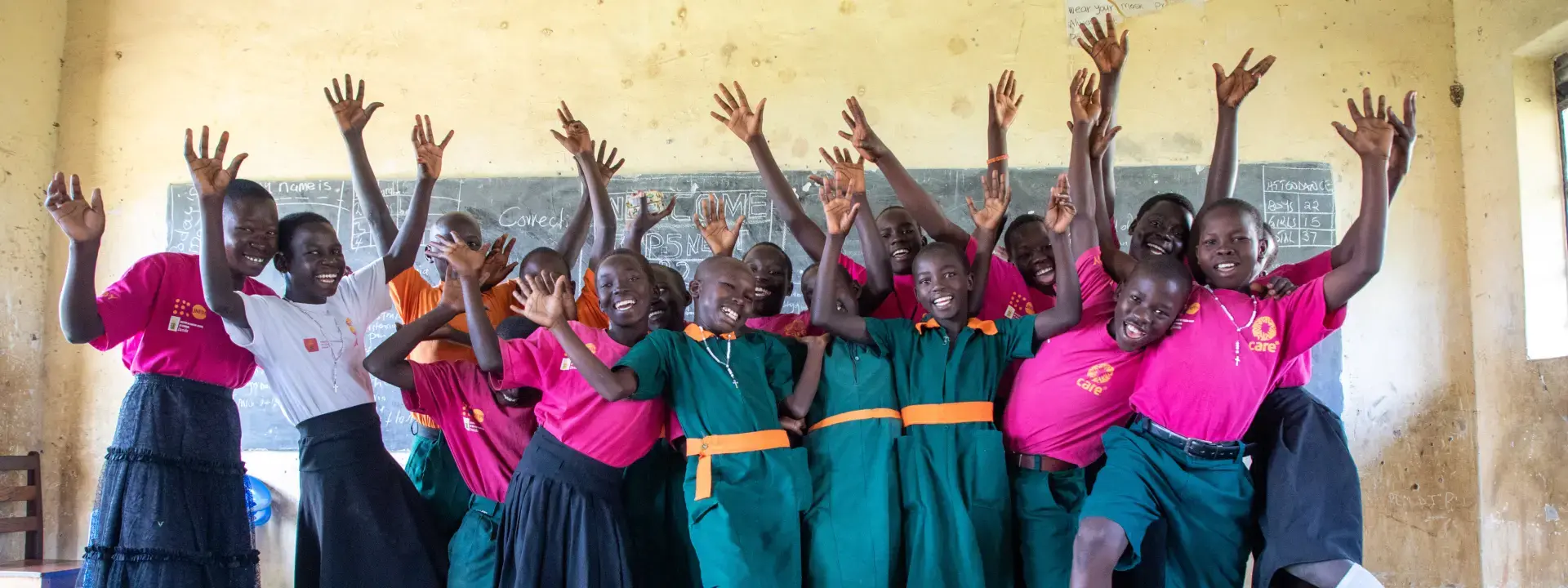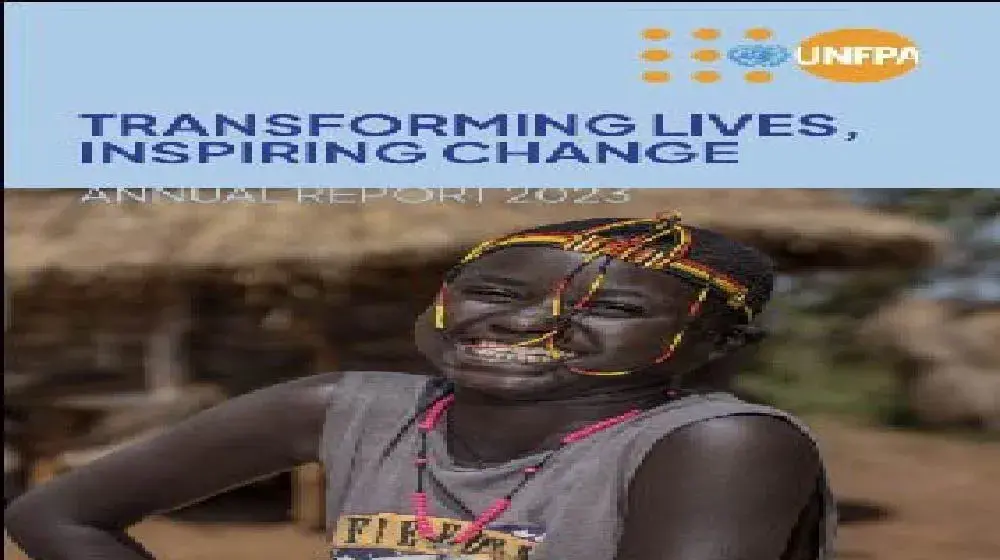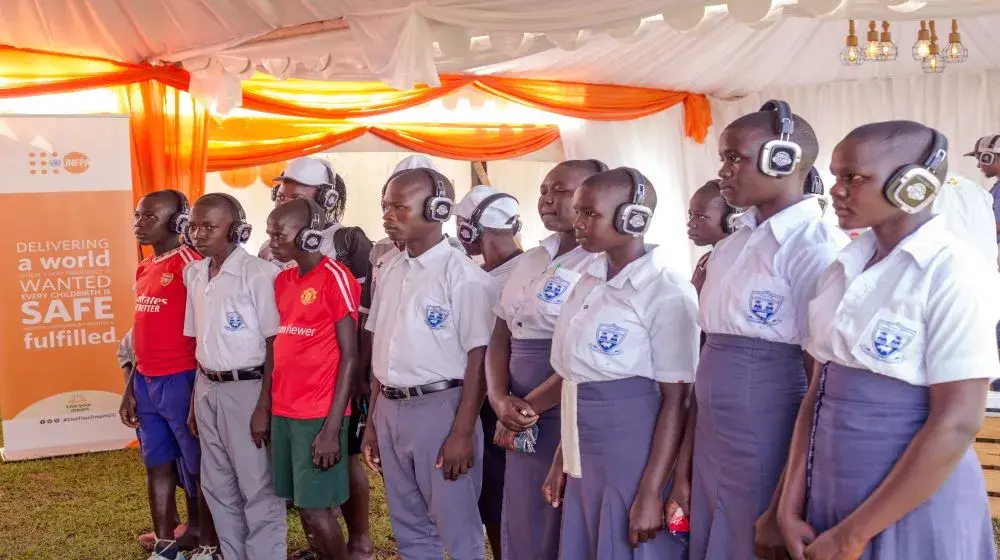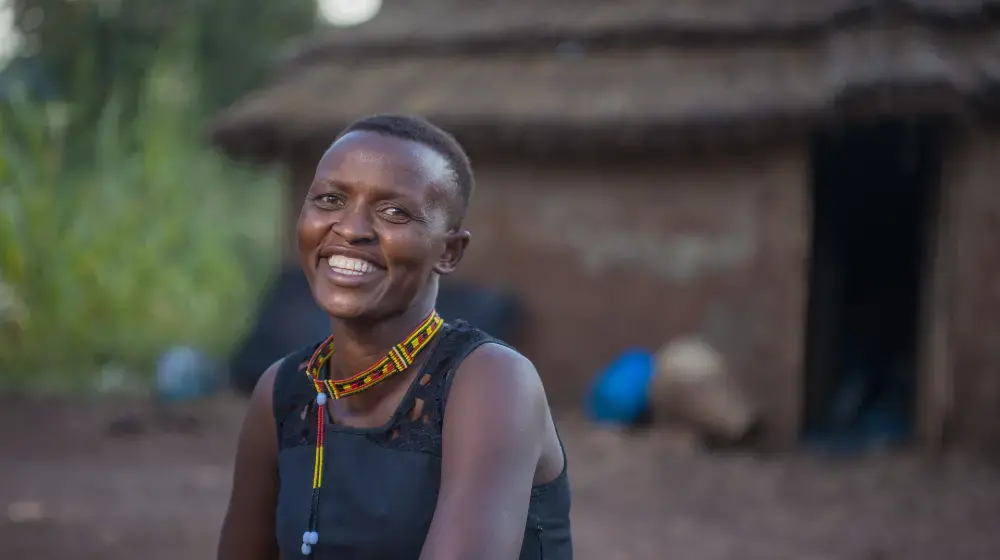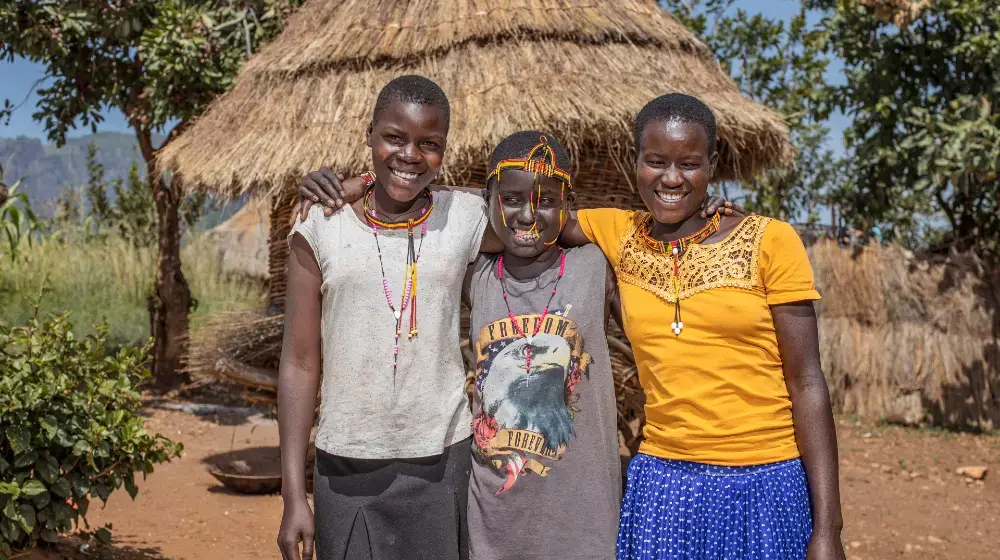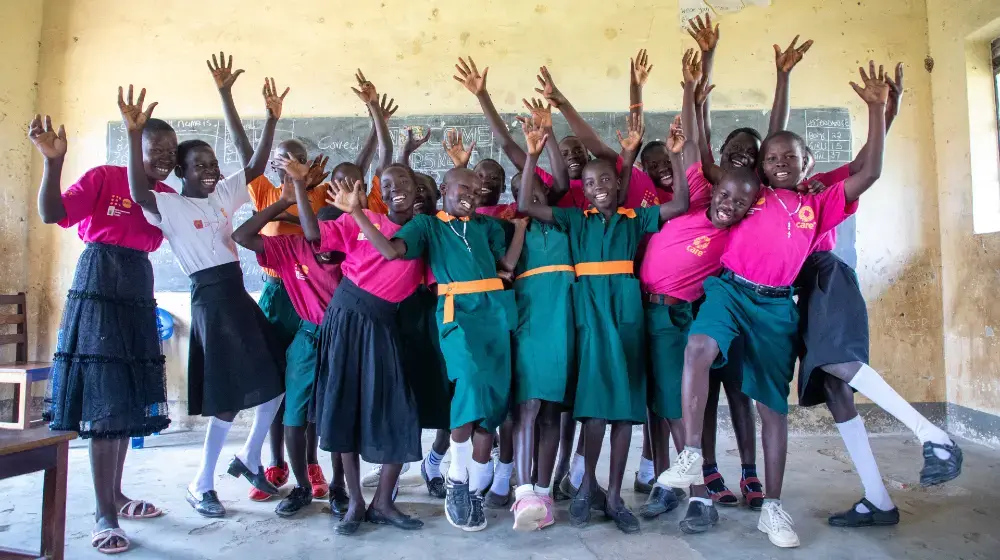The Situation: Uganda has a young population with a median age of 15.9 and is second youngest population (48% below 15 years) after Niger. The current population of Uganda is estimated at 41.58million, growing at a rate of 3.0% and estimated to reach 69.75 million people by 2030. The population of young people (76 percent of the population 30 years and below, represents 31.6 million people) is seen as an opportunity that can be harnessed into a demographic dividend if the right investments in education, health, skilling and job creation, complemented by good governance and accountability for improved service delivery. In the last two decades, Uganda has registered marked decline in infant and child mortality, maternal mortality and fertility. However, this decline has been gradual leading to the first stage demographic transition but not rapid enough to spur a demographic window of opportunity.
In alignment with the SDG principle of Leave No One behind, the Uganda Country programme seeks to assure that everyone, everywhere is counted and accounted for in advancement of universal access to sexual and reproductive health, gender equality and women’s empowerment, and young people enabled to fulfill their potential by providing up to date population data disaggregated to the lowest level, supports government to map areas of disparity or inequality and ensure that this evidence is used in policy, planning and decision making and embedded or informs the national planning and budgeting frameworks.
The inadequate appreciation of the linkage between population factors and development, and inadequate availability and utilisation of routine data/information mainly from administrative sources remains some of the challenges to the designing and implementation of programmes that address inequality and inequities especially at sub-national level.
What We Do: The population and development component is aimed at strengthening government systems to ensure that poverty, vulnerability, inequalities and inequities, lack of access to information and services are addresses in the national frameworks at national and sub-national levels taking into account population, reproductive health and gender issues. The country programme supported National Planning Authority and National Population Council to develop the demographic dividend compliance tools with indicators to mainstream and measure the DD investments and impact. UNFPA Uganda CO supports government efforts in the adoption of the programme based planning and budgeting and life cycle approach that ensures targeted response and interventions at all stages of life in a multi sectoral manner. The CO supported development of the Uganda demographic dividend roadmap and its implementation, modelling of DD investments and contribution of SRH to harnessing of the DD and In-depth analysis of existing data sets from census, surveys and administrative data.
Development of the Family Planning Atlas and dashboard, popularizing of the Family planning costed implementation plans and engagement of national and sub-national leaders and technical planning committees to integrate family planning in sectoral and district developments plans has been and continues to be a major focus of the country programme. Capacity development in data management for the Planning units and statistical committees to engage councils on population issues using available evidence remains a key area. Through regional coalitions of district leaders, the CO supports leaders to implement commitments to improve indicators on the three transformative goals of UNFPA in line with the ICPD commitments.
UNFPA supports the government, Uganda Bureau of Statistics, to conduct population and housing census, demographic health surveys and strengthening and harmonizing of national population data and administrative data systems for capturing Gender Based Violence (GBV), family planning, reproductive health and maternal health (health management information) data systems including in humanitarian settings. The capacity to produce and disseminate high-quality population data through innovative approaches for analysis and dissemination of information. UNFPA is in process to support, financial and technical, to the 2021 Demographic and Health Survey and the 2022 Population and Housing Census using technology, the Computer Assisted Personal Interviews (CAPI).
Tracking of family planning resources to enable advocacy efforts for increased budget allocations with Parliament through Parliamentary committees for Health, Budget as well as the Parliamentary Forum on Food Security Population and Development together with Civil Society and Family Planning Advocacy Organisations are among the major interventions. While policy engagement and oversight on ICPD PoA commitments through supporting advocacy campaigns against teenage pregnancy, female genital mutilation (FGM) and promotion of work on SRH and family planning and review of existing policies/laws on population and development has led to improved implementation and accountability on commitment and improved indicators that contribute to Zero preventable maternal mortality, Zero unmet need for family planning and Zero GBV and harmful practices.

